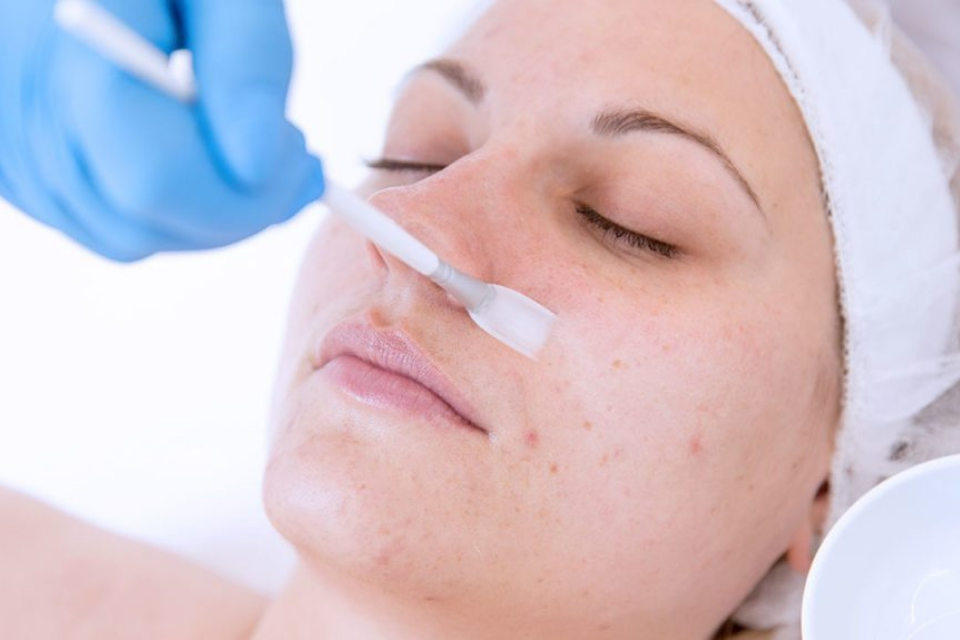 The fastest way to recover from a fierce tissue reaction to any number of chemical peels, whether that be a glycolic acid, salicylic acid, or trichloroacetic acid, is to keep the skin amply hydrated. Try overdoing the hydration that you would normally do every two hours of a ceramide based moisturizer, such as First Aid Beauty’s Ultra Repair Cream or CeraVe. Making sure that skin is hydrated will enable faster recovery of the collagen in that area to make your skin look less inflamed and scaly.
The fastest way to recover from a fierce tissue reaction to any number of chemical peels, whether that be a glycolic acid, salicylic acid, or trichloroacetic acid, is to keep the skin amply hydrated. Try overdoing the hydration that you would normally do every two hours of a ceramide based moisturizer, such as First Aid Beauty’s Ultra Repair Cream or CeraVe. Making sure that skin is hydrated will enable faster recovery of the collagen in that area to make your skin look less inflamed and scaly.
Another quick recovery method after an aggressive tissue reaction following a chemical peel would be to prevent any kind of sun damage. Even incidental damage – walking outside to the train or to your car – can certainly slow the healing of your face after a strong chemical peel. If you are going outside, please make sure to incorporate a physical based sunscreen, such as First Aid Beauty’s 5 in 1 Sunscreen, 5 in 1 Face Moisturizer with Sunscreen, or a comparable product with a zinc or titanium active ingredient.
The final recommendation is to prevent infection. It is important to make sure that you’re not over washing your face. Using a gentle cleanser each day, morning and night, with a non-soap cleanser, like First Aid Beauty’s Face Cleanser or Cetaphil, (something that is non-comedogenic) can prevent any bacterial accumulation in an already exposed area.
These are the recommendations for improvement and rapid healing after a chemical peel. Some of the additional tricks of the trade may include the use of papain extract, as well as, arnica. Arnica is commonly used for bruising, but can also be very helpful for general skin healing. Papain extract can also help with micro-clotting. It enables the skin to heal faster and assists fibroblasts to migrate into that area and lay down new, fresher skin.